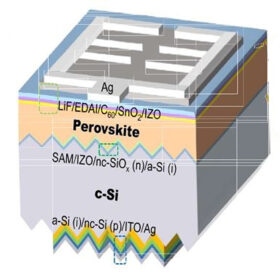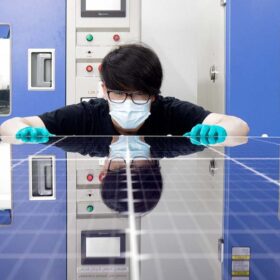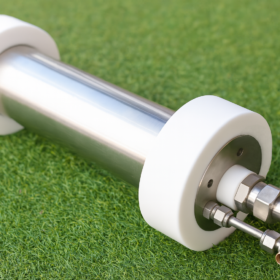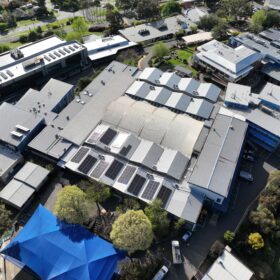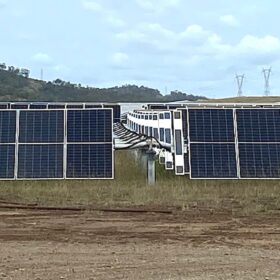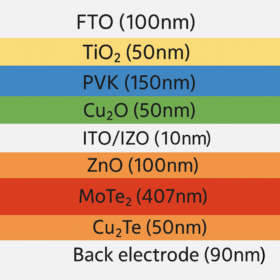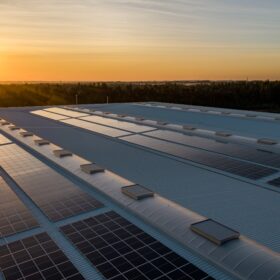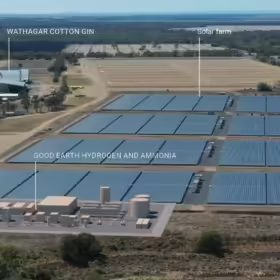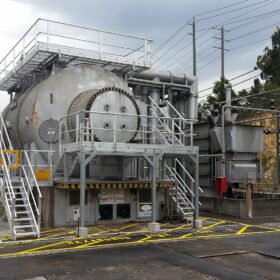Researchers discover method to extend quantum battery lifespan by 1,000 times
While attempting to address suparradiance in Dicke quantum batteries to leverage their fast charging qualities, researchers at RMIT University and the CSIRO have developed a method to extend the lifetime of quantum batteries by 1,000 times.
Longi unveils 34.58%-efficient tandem perovskite-silicon cell
In a new scientific paper published in nature, the Chinese manufacturer presented a new tandem perovskite-silicon solar cell based on a bottom cell with a heterojunction design. It also used a new type of self-assembled monolayer that reportedly reduces non-radiative recombination and increases cell efficiency.
Australia’s green hydrogen plan faces water shortage
Green hydrogen is touted by some as the future – a way for Australia to slowly replace its reliance on fossil fuel exports. The energy-dense gas has the potential to reduce emissions in sectors challenging to decarbonise, such as steelmaking and fertiliser manufacturing.
AGL aquires long-duration electro-thermal project from Photon Energy
AGL Energy has acquired the 150 MW solar, 90 MW thermal, and 720 MWh of storage Yadnarie Project from Dutch developer Photon Energy, and follows the project’s development approval received in June.
ARENA backs next-gen solar innovation with $60 million funding boost
The Australian government has announced $60 million in new funding for research and development projects that promise to accelerate cost reductions for PV technology and help meet the stretch target for “ultra low-cost” solar production.
CRT targets green hydrogen pain points with new electrolyser tech
Cavendish Renewable Technology has launched an advanced hybrid electrolysis platform that it says blends the strengths of solid oxide and alkaline technologies and addresses the pain points of green hydrogen adoption.
Real-time monitoring makes most of rooftop PV
An expanded 199 kW rooftop solar system and energy management system featuring 14 power meters is helping a Victorian college slash its annual energy costs with projections tipping savings of more than $21,000 per annum.
Zen gets federal green light for solar and battery project
Zen Energy’s plan to build a 100 MW solar project and 200 MW battery with up to eight hours of storage capacity in southeast Queensland has been waved through the federal environmental approvals process.
First attempt to build tandem solar cells based on perovskite, transition metal dichalcogenide
Scientists in India have proposed to design new tandem solar cells using transition metal dichalcogenide as an absorber material for the bottom PV device. Their simulations showed these tandem cells may reach an efficiency of more than 35%.
‘Grid-forming technology is no longer experimental – it’s here and working’
In grids increasingly dominated by renewables, grid-forming technology is emerging as critical tool for maintaining stability and ensuring reliable power system operation. In this interview with ESS News, Rui Sun, Sungrow’s Deputy General Manager-Grid Technology Center, explains how grid-forming works, why it matters, and where the technology is already proving its value. He elaborates on technical challenges, regulatory gaps, and why grid-forming could soon become the new industry standard.

